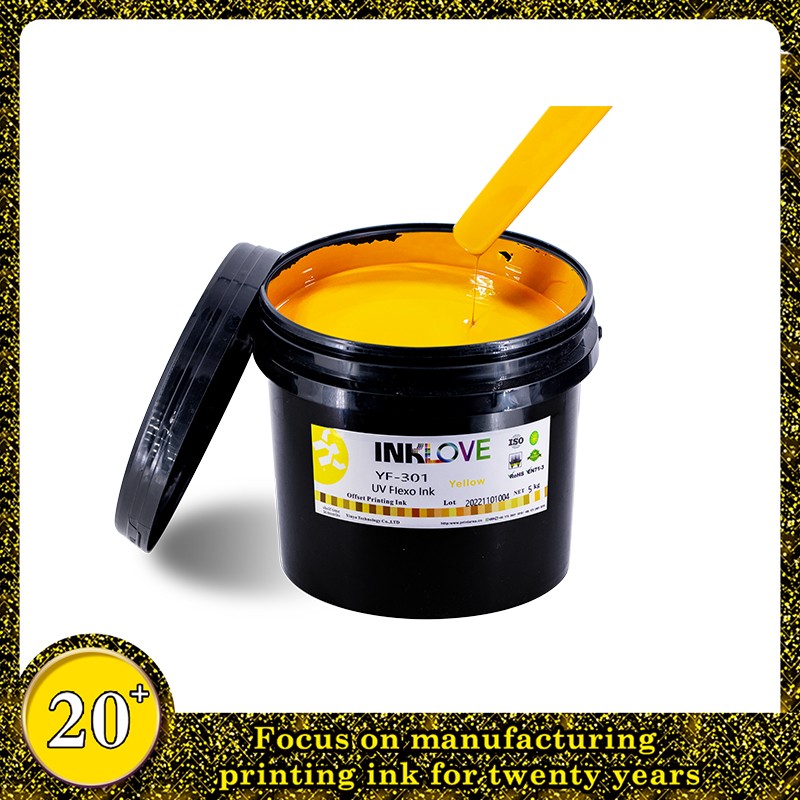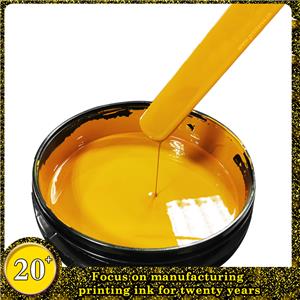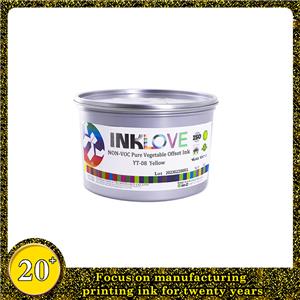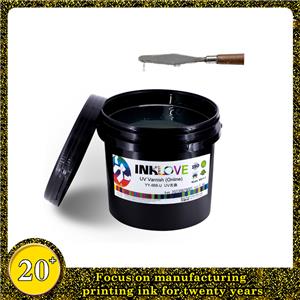What is low migration ink and what are its characteristics!
After the ink is dried and solidified on the substrate to form an ink layer or ink film, due to friction, ink layer not fully cured, poor adhesion, etc., it is transferred to other places through contact or scratching, causing pollution, which is called "Ink Migration".
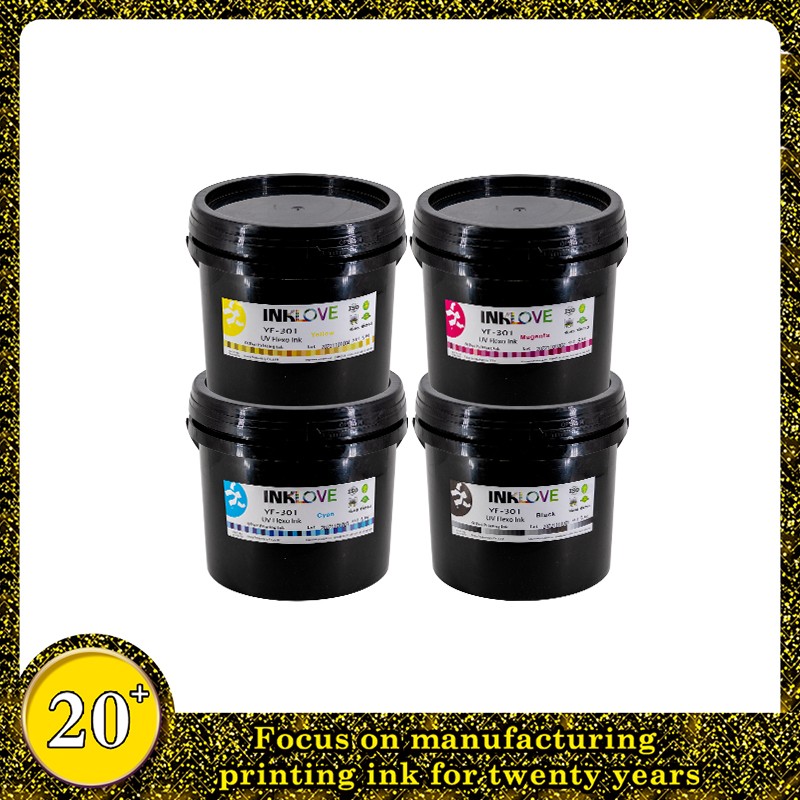
Low-migration food-grade ink, truly environmentally friendly and non-toxic ink, does not affect food and can be in direct contact with food. As people's requirements for food safety are getting higher and higher, and food safety accidents continue to break out. ink in it played a very important role. Ink that is not food safe. It will inevitably lead to the occurrence of food contamination incidents. Food-grade ink is used in food packaging to protect the food packaging required by consumers from contamination. According to GMP standard production is traceable.
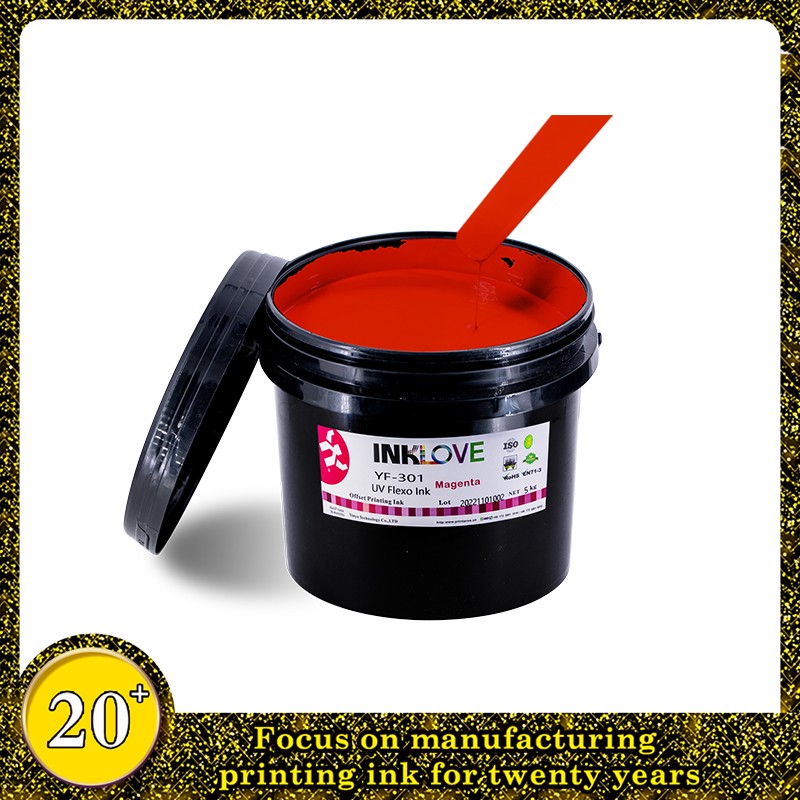
At present, it can be said that it is impossible for any ink to completely achieve zero migration, only the difference in the amount of migration. Low migration ink refers to the ability to control the migration to a very low range in this respect, so it is used in food packaging and other fields it will be relatively safe.
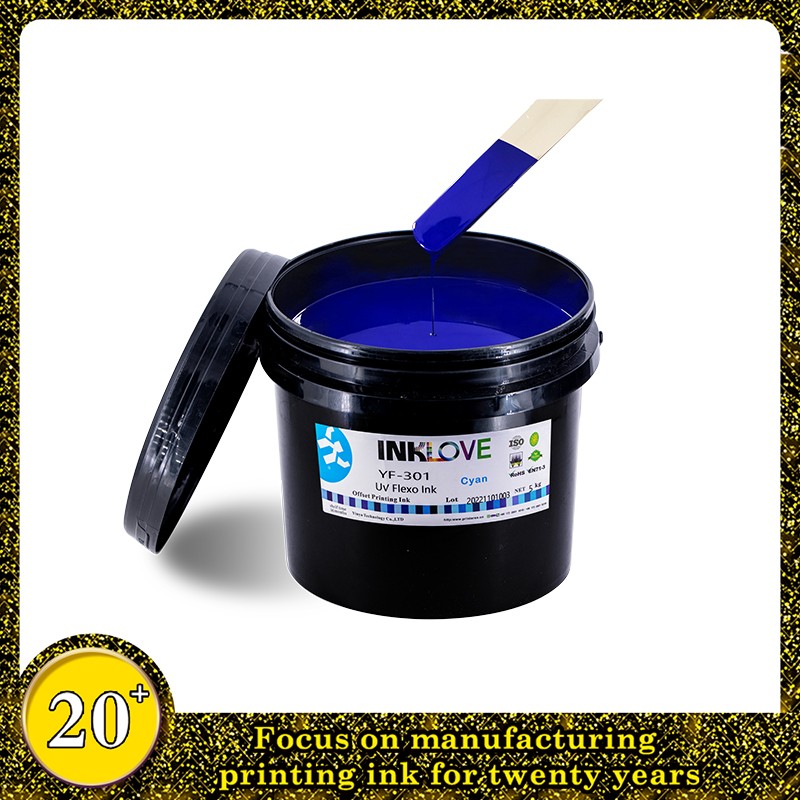
In fact, the vast majority of inks, even so-called low-migration inks, are not safe for direct contact with food (especially "wet food"). Only those that meet the requirements for direct contact with food.
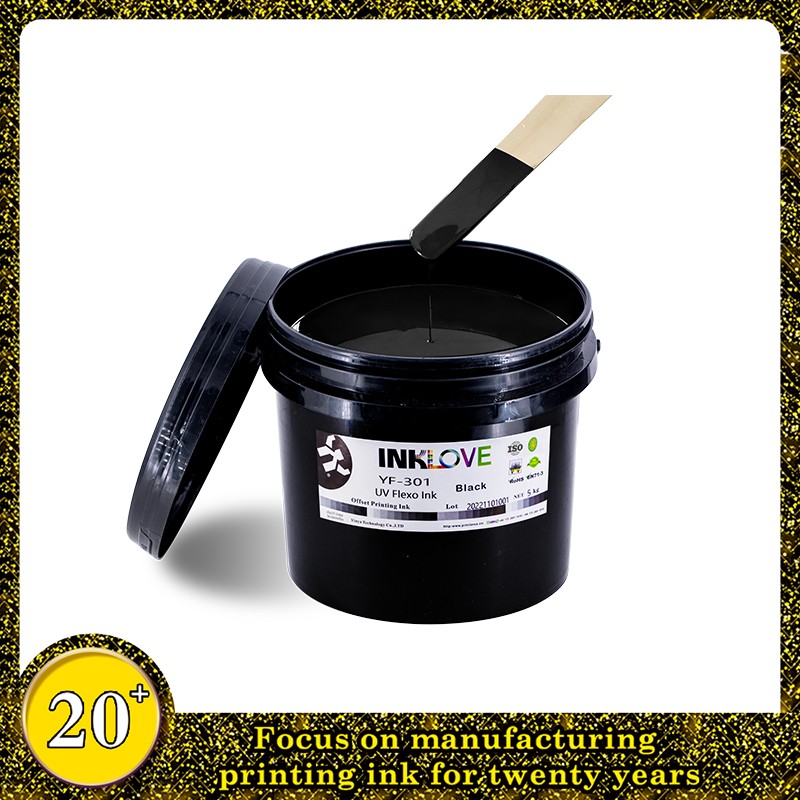
There are some varnishes with strict control of raw materials and color inks that use a limited number of special pigments. For specific information, please refer to the relevant regulations of the US FDA. However, low-migration inks are still more suitable for non-direct contact food packaging.
Ordinary inks are safer.
